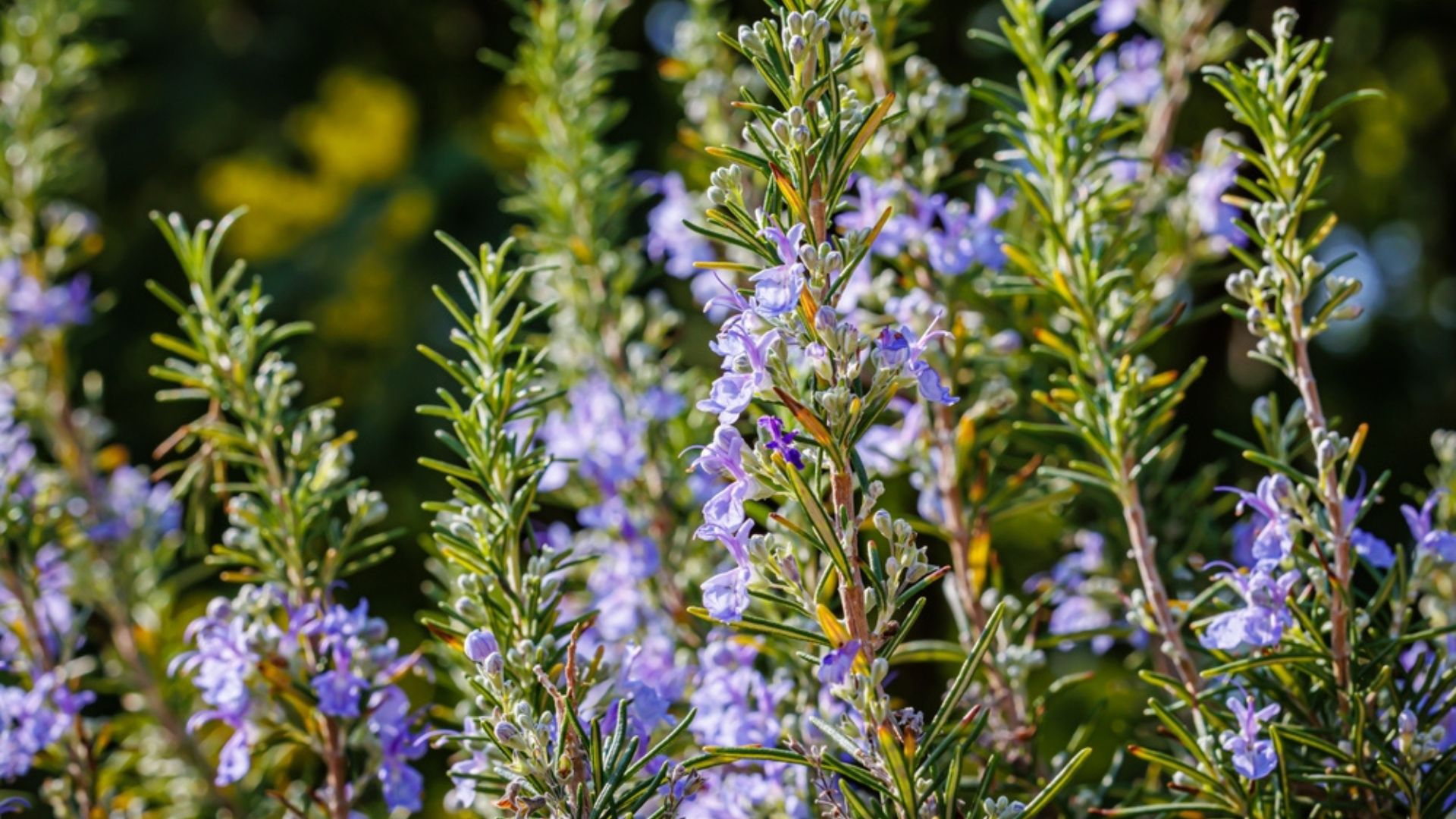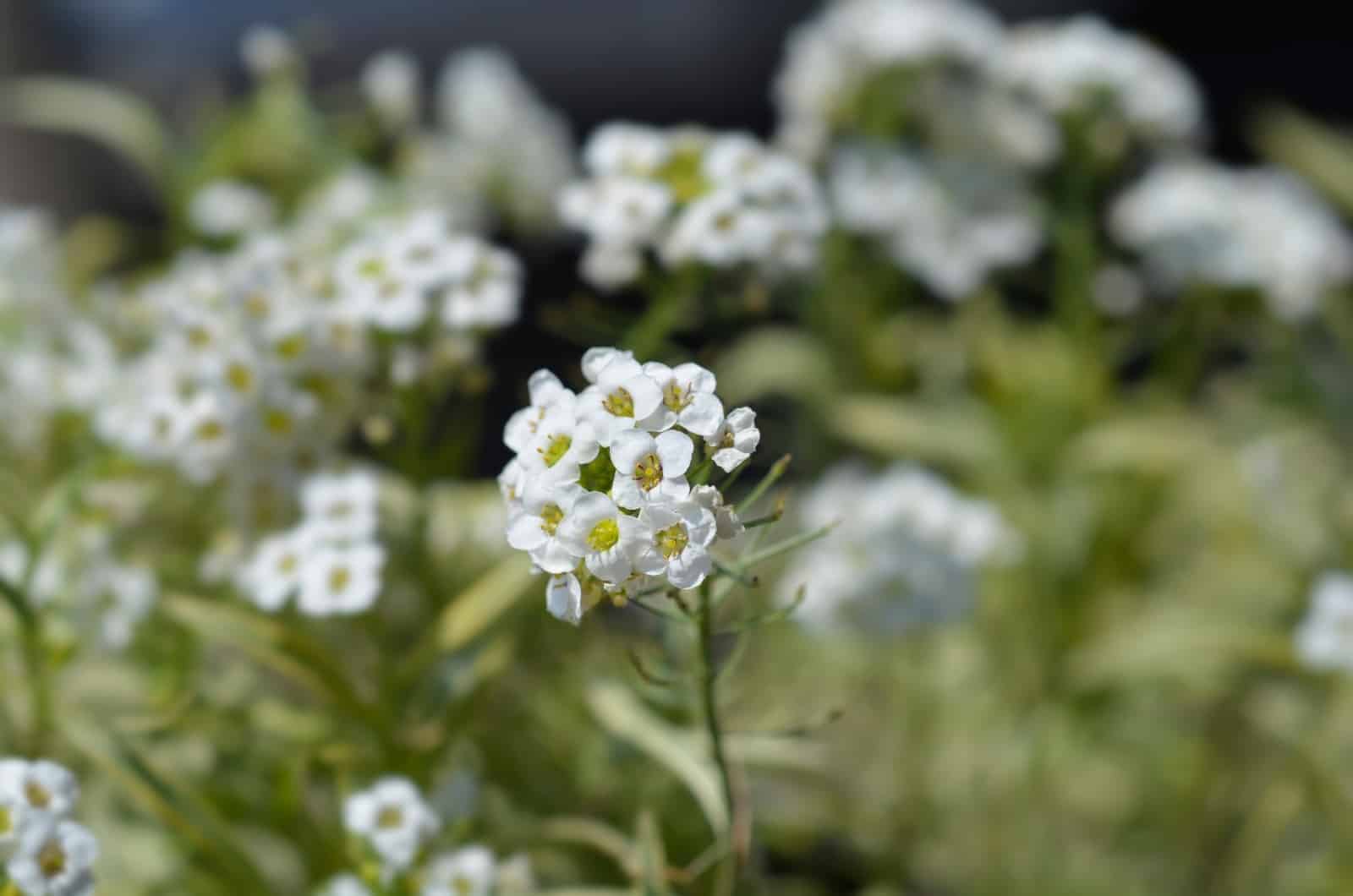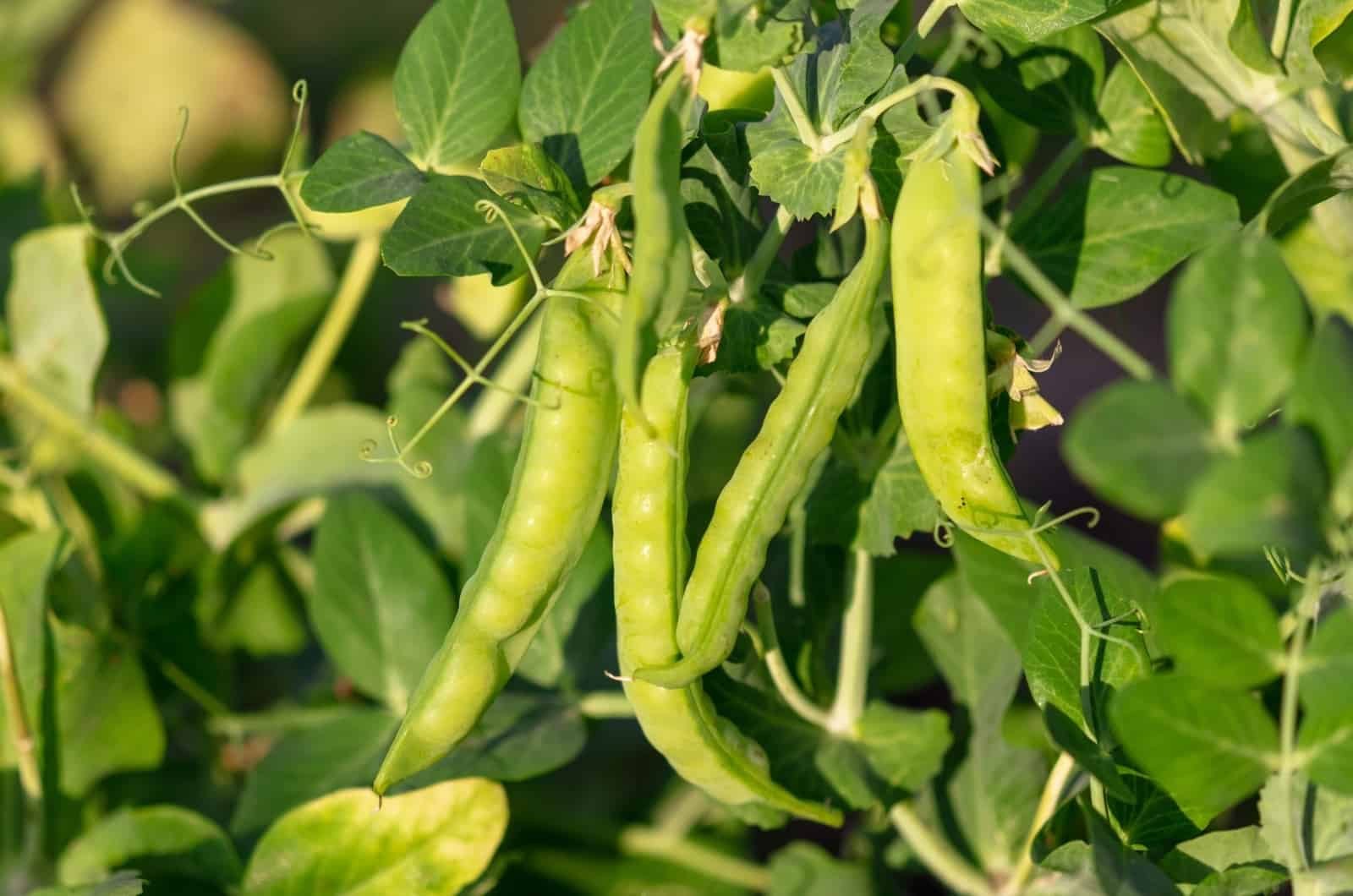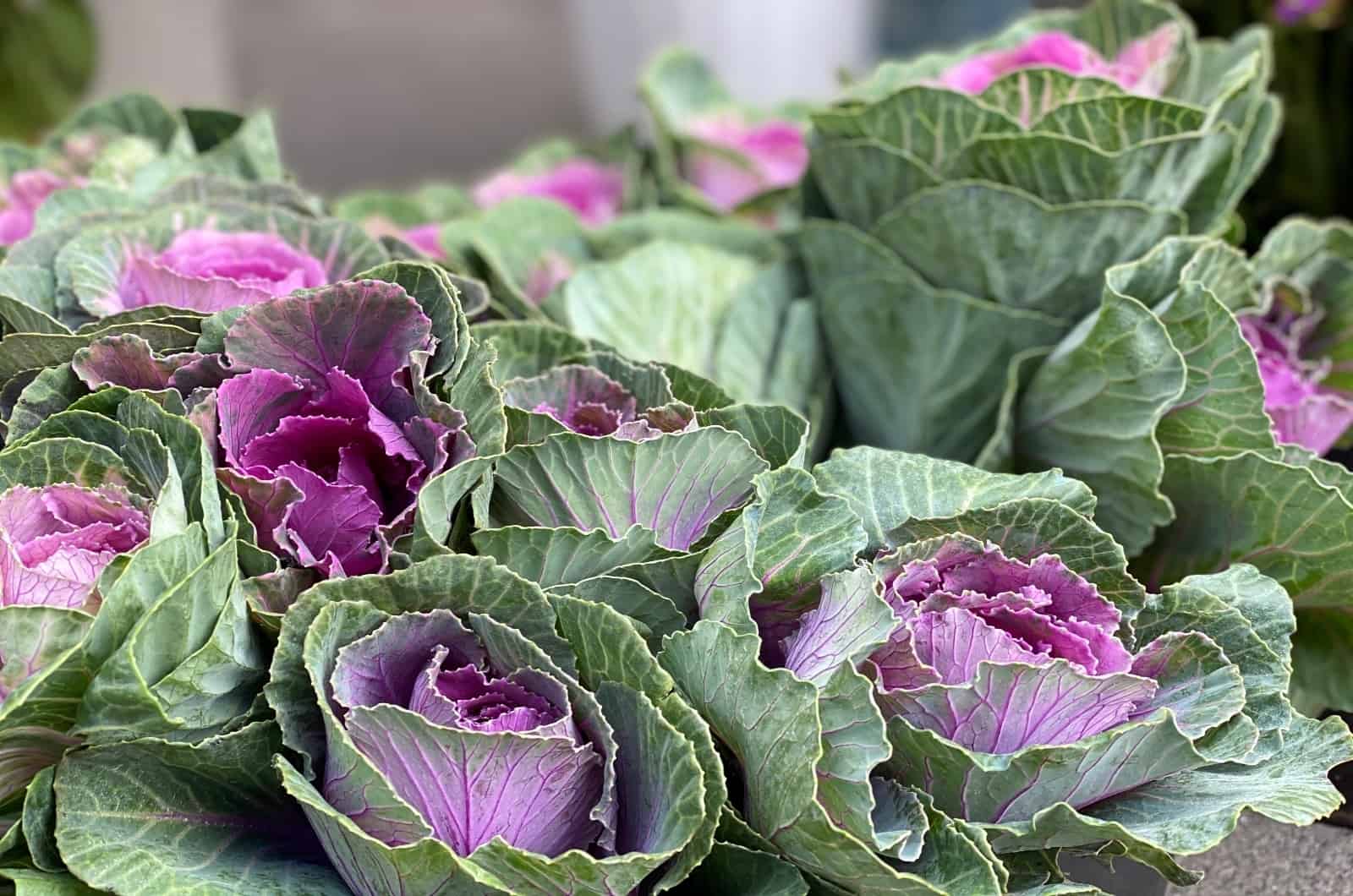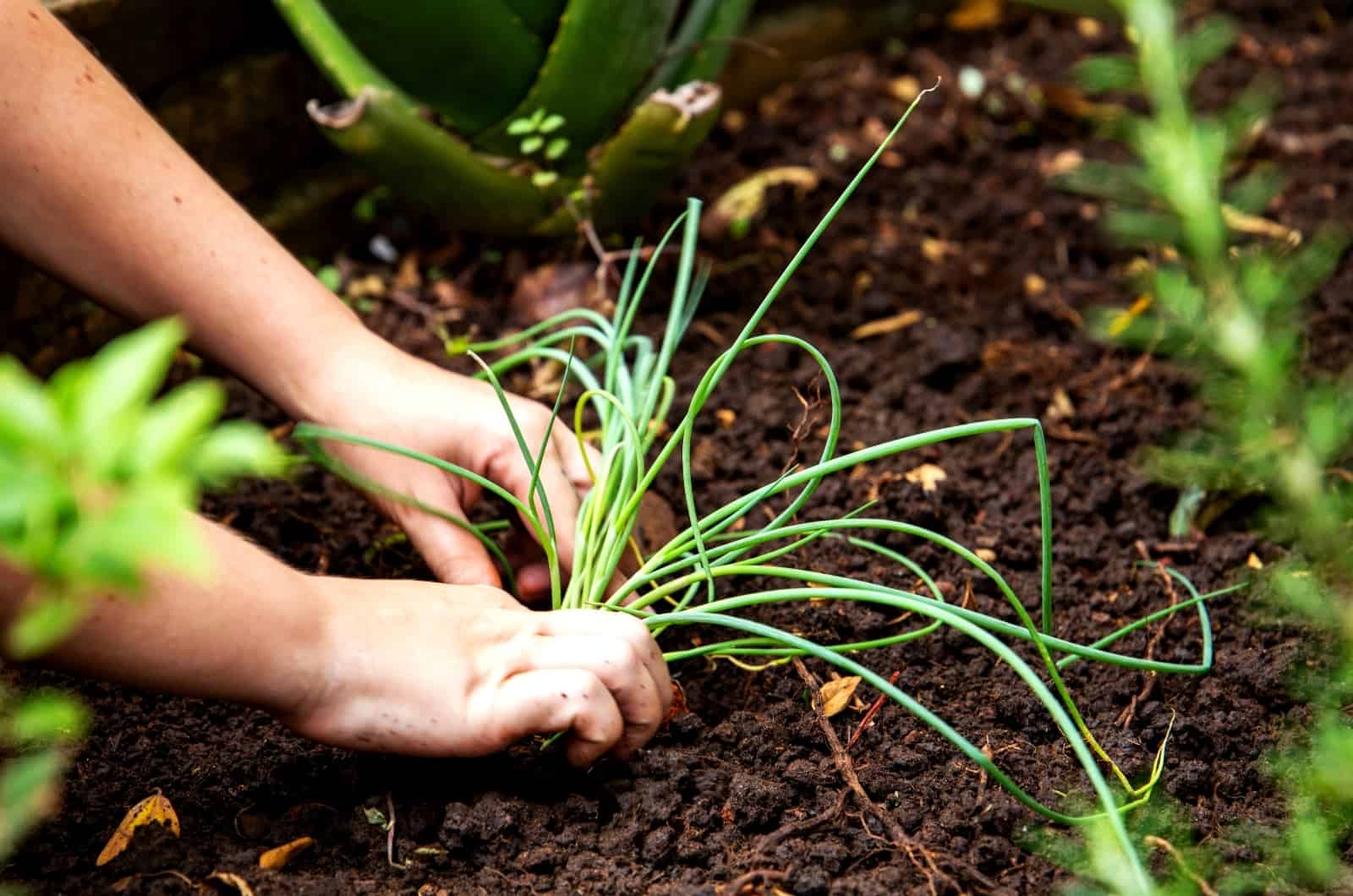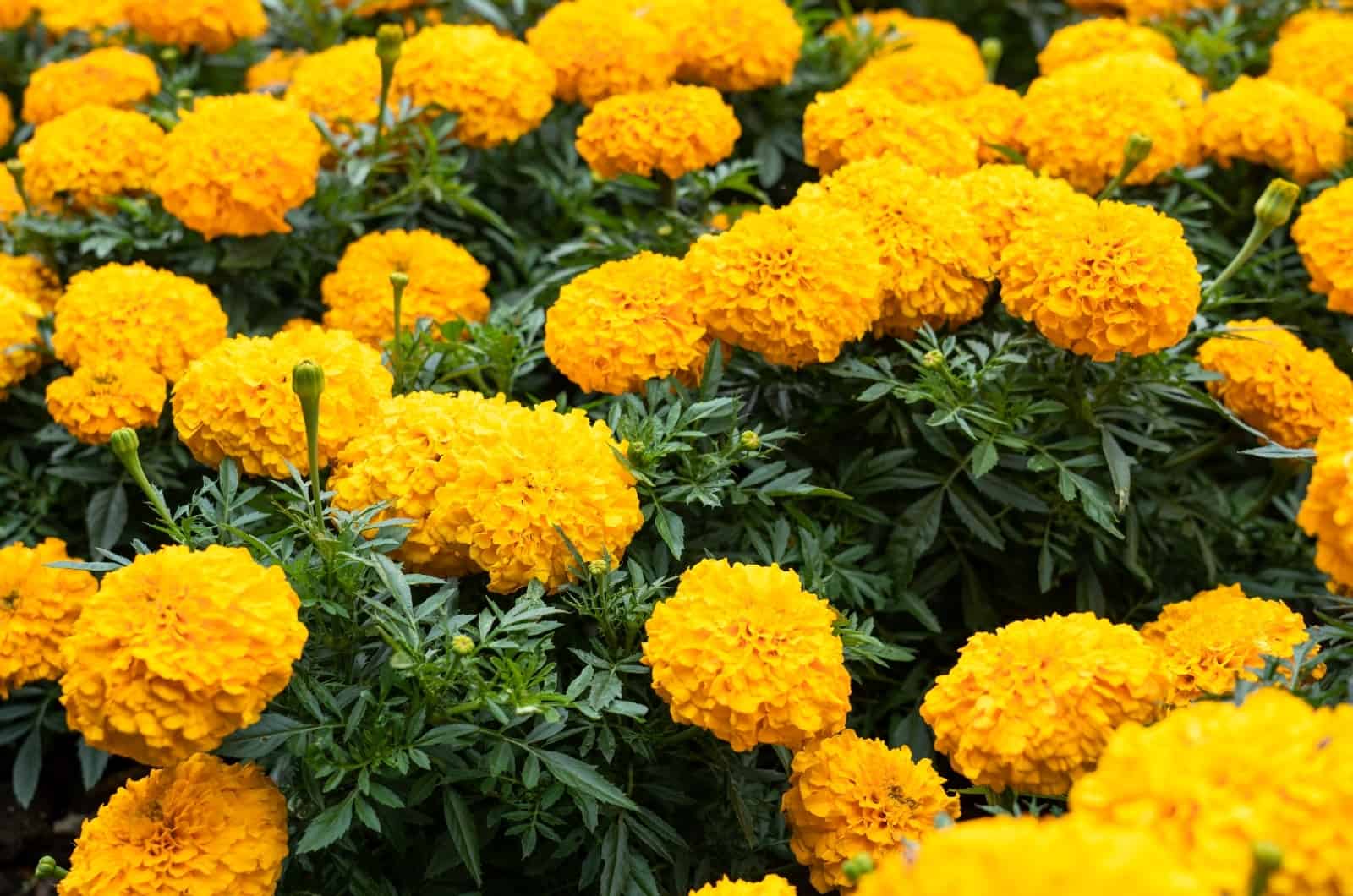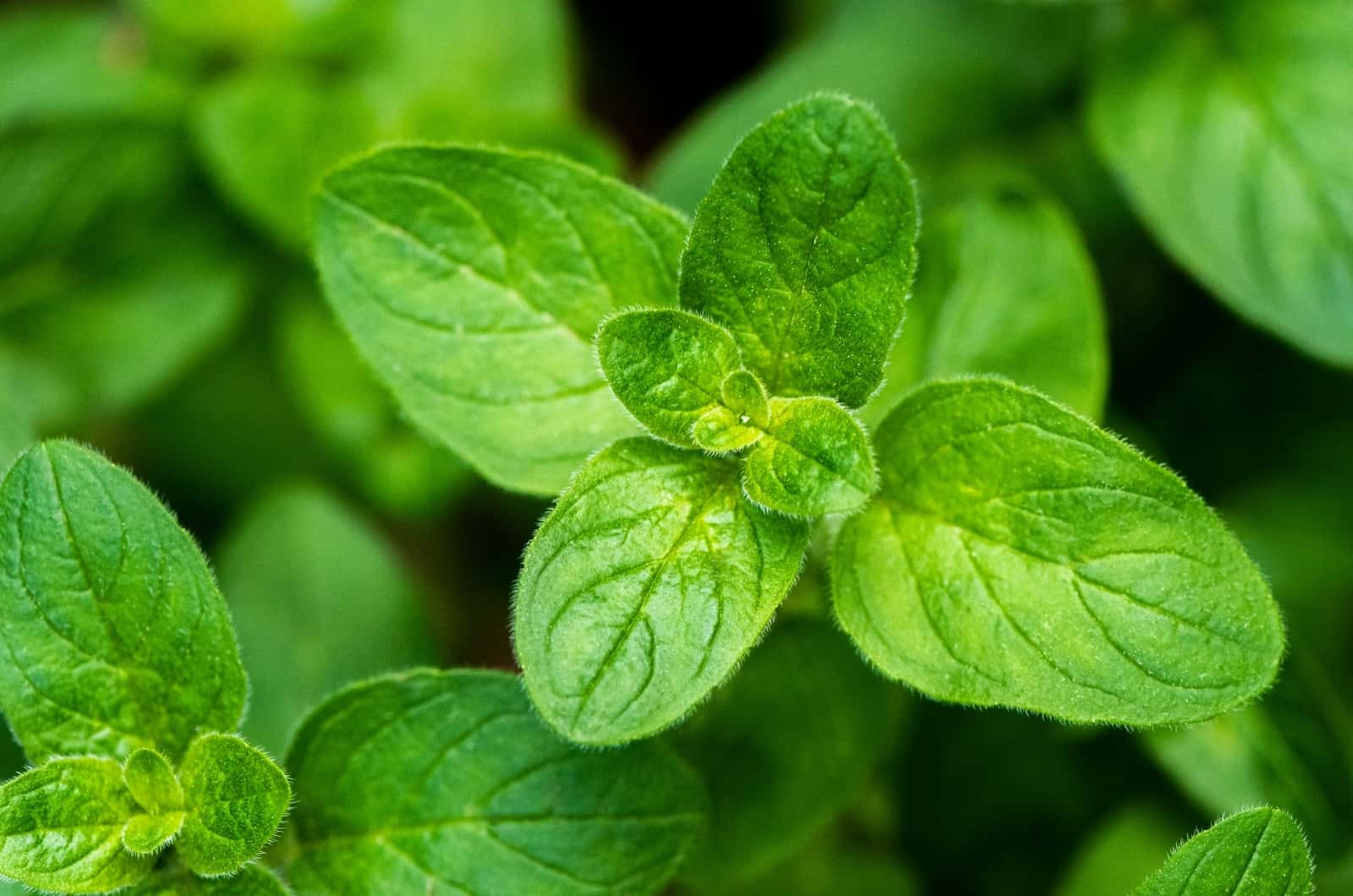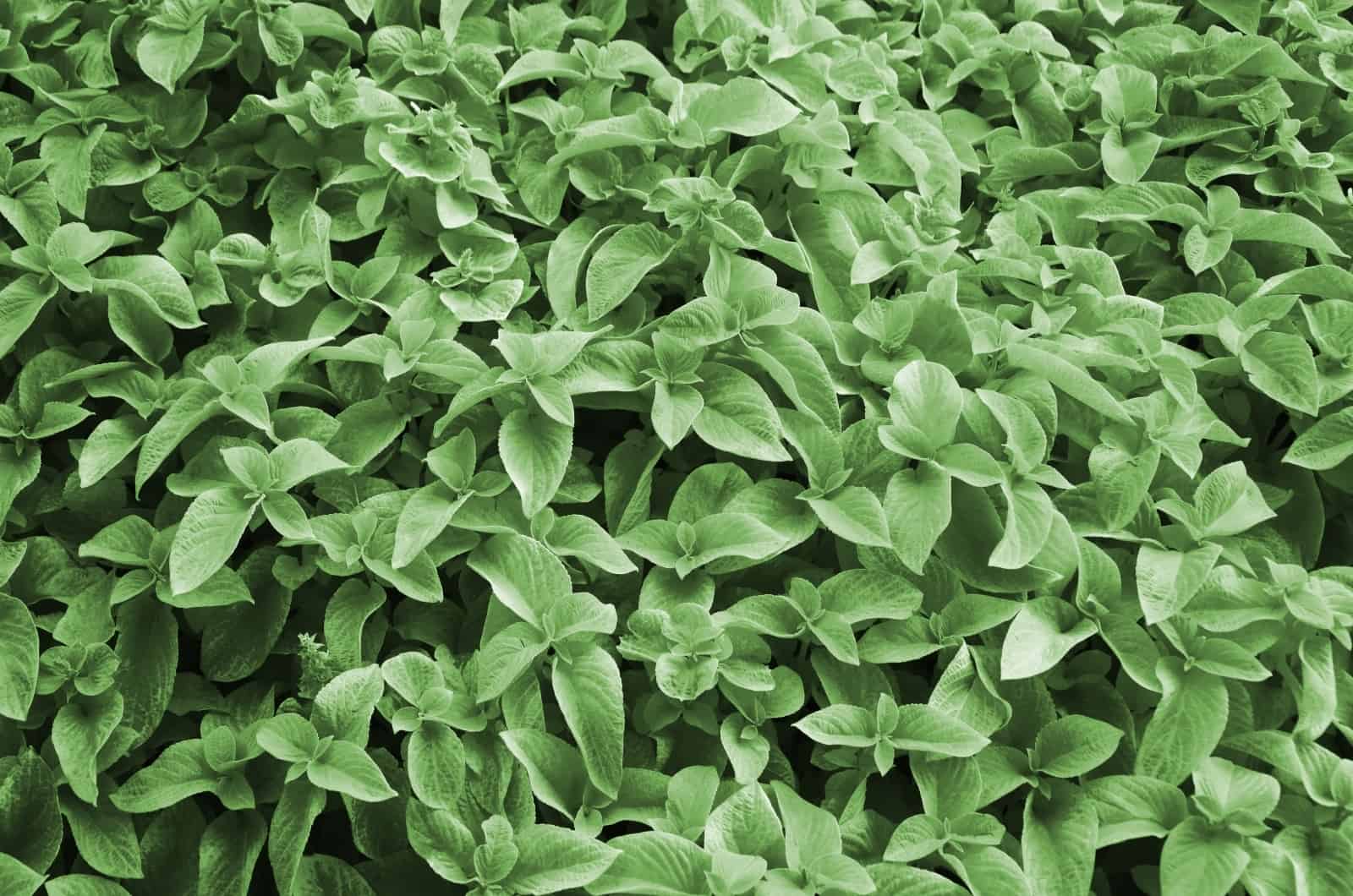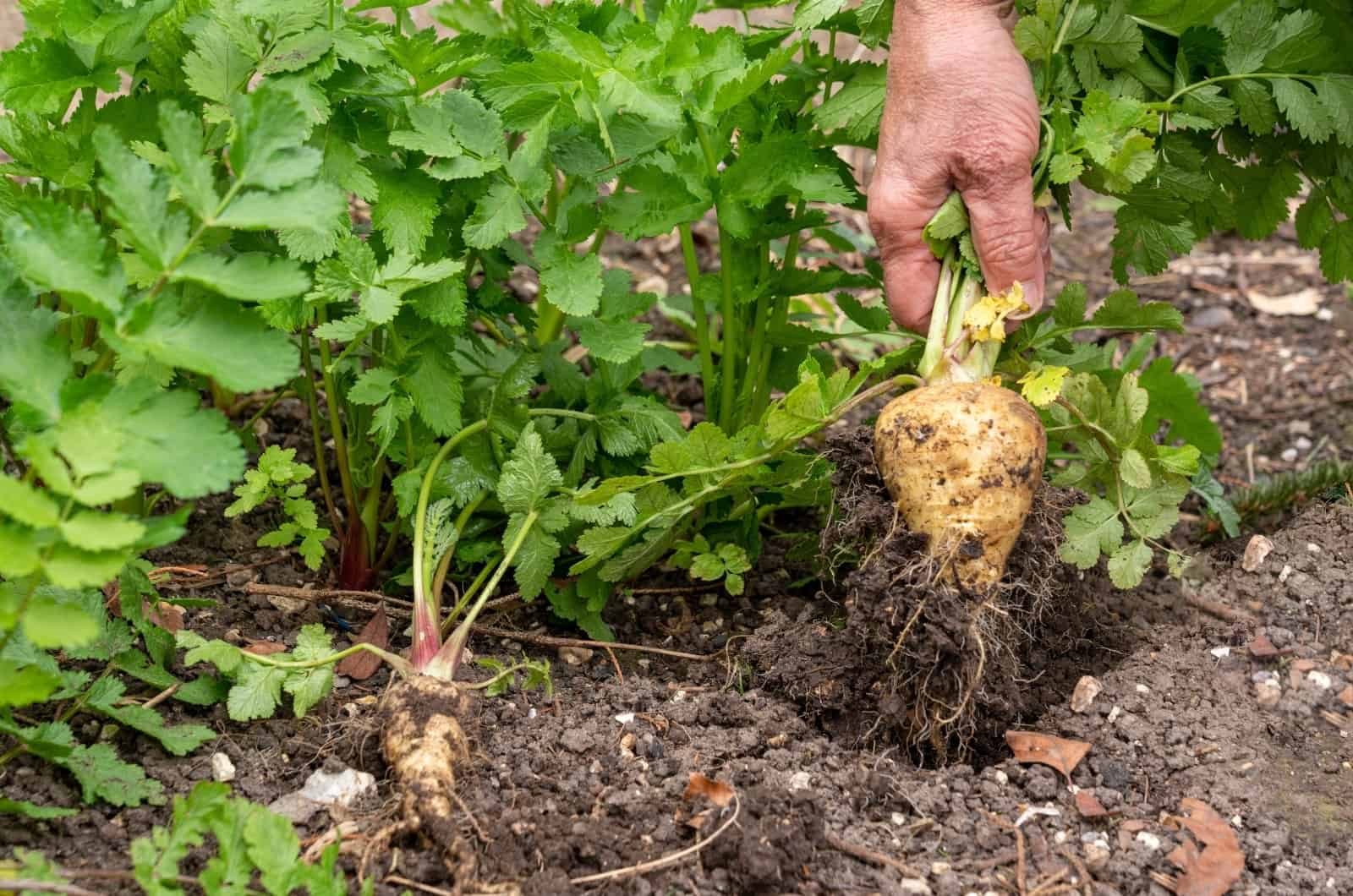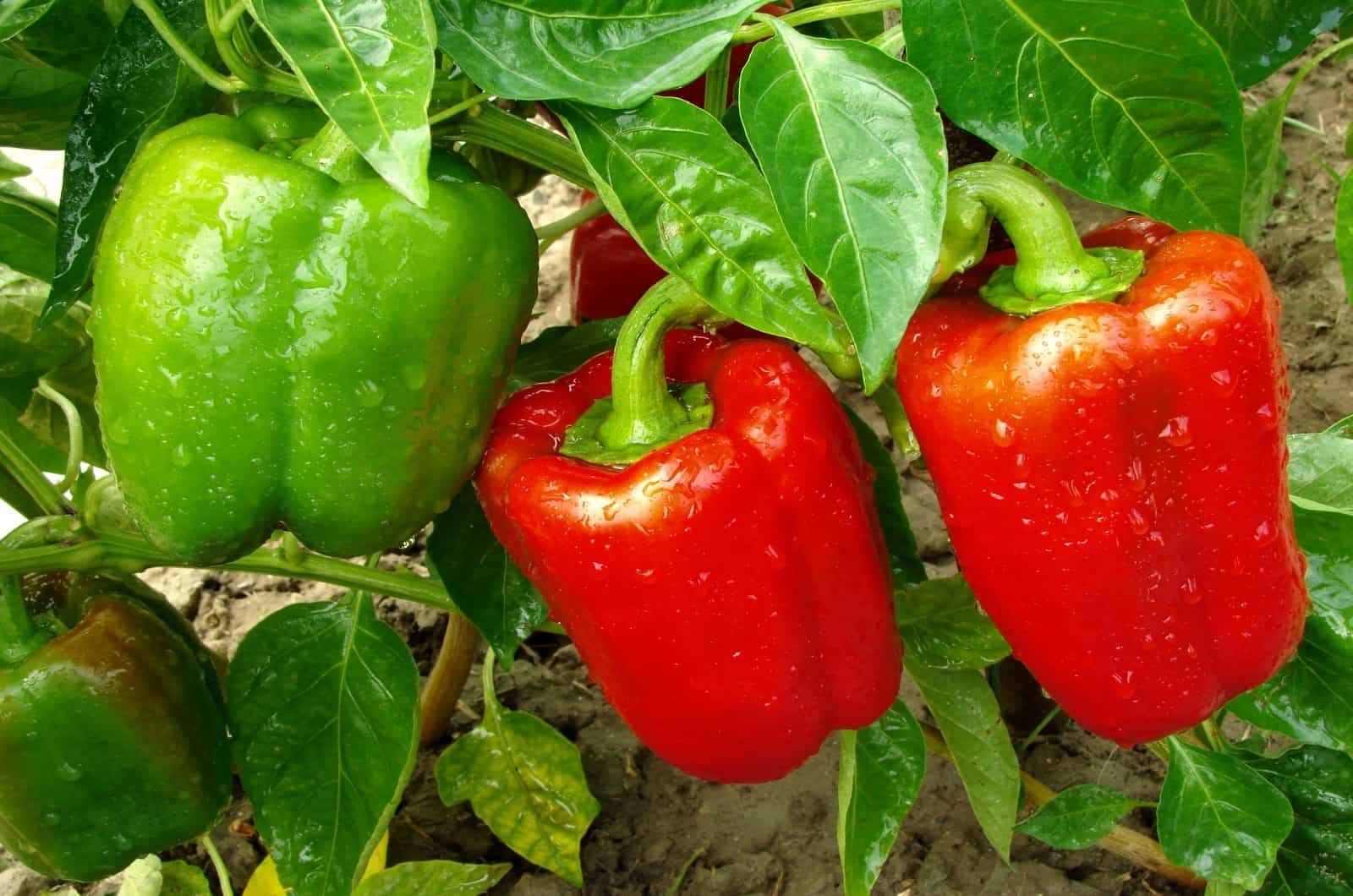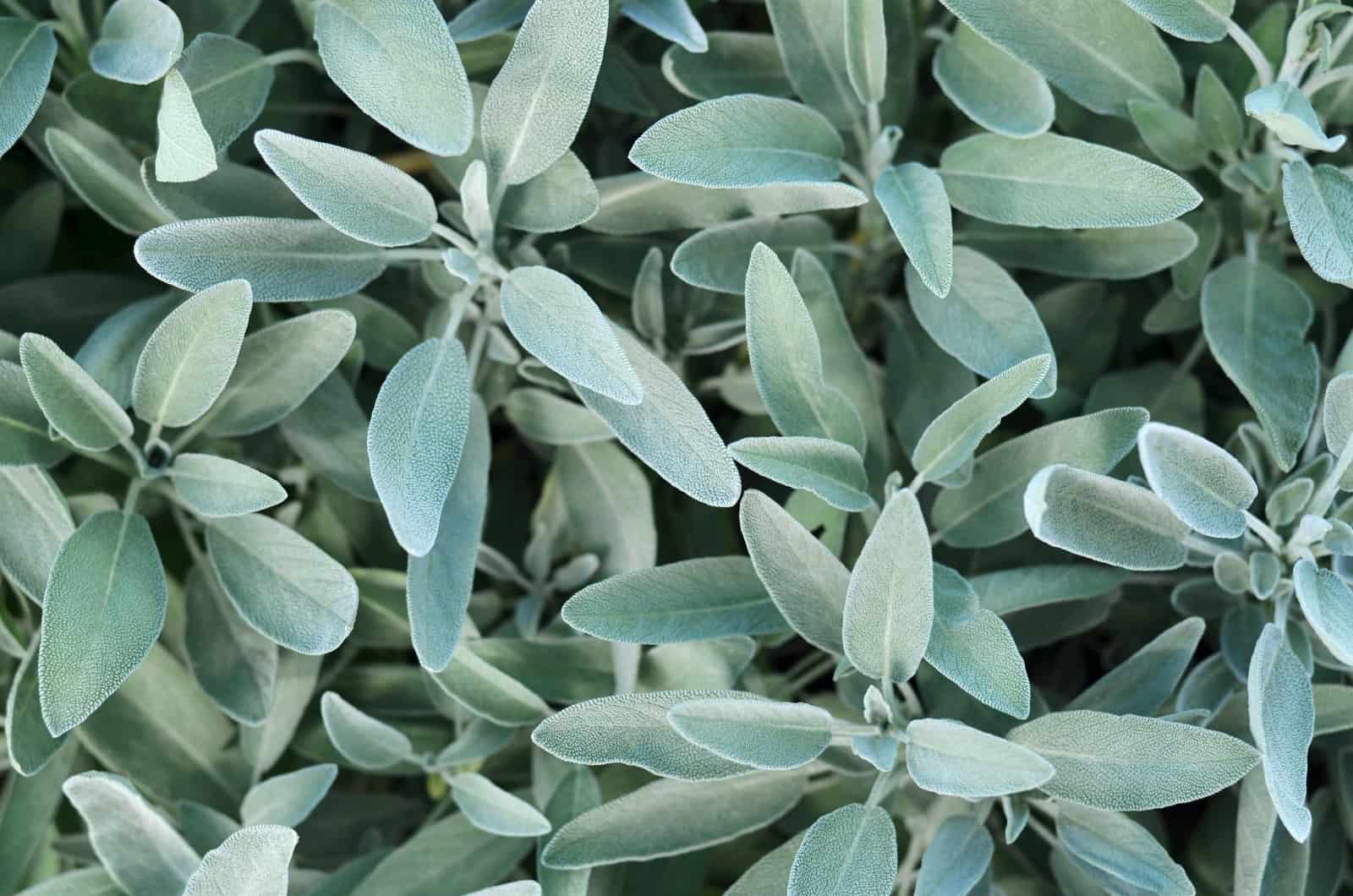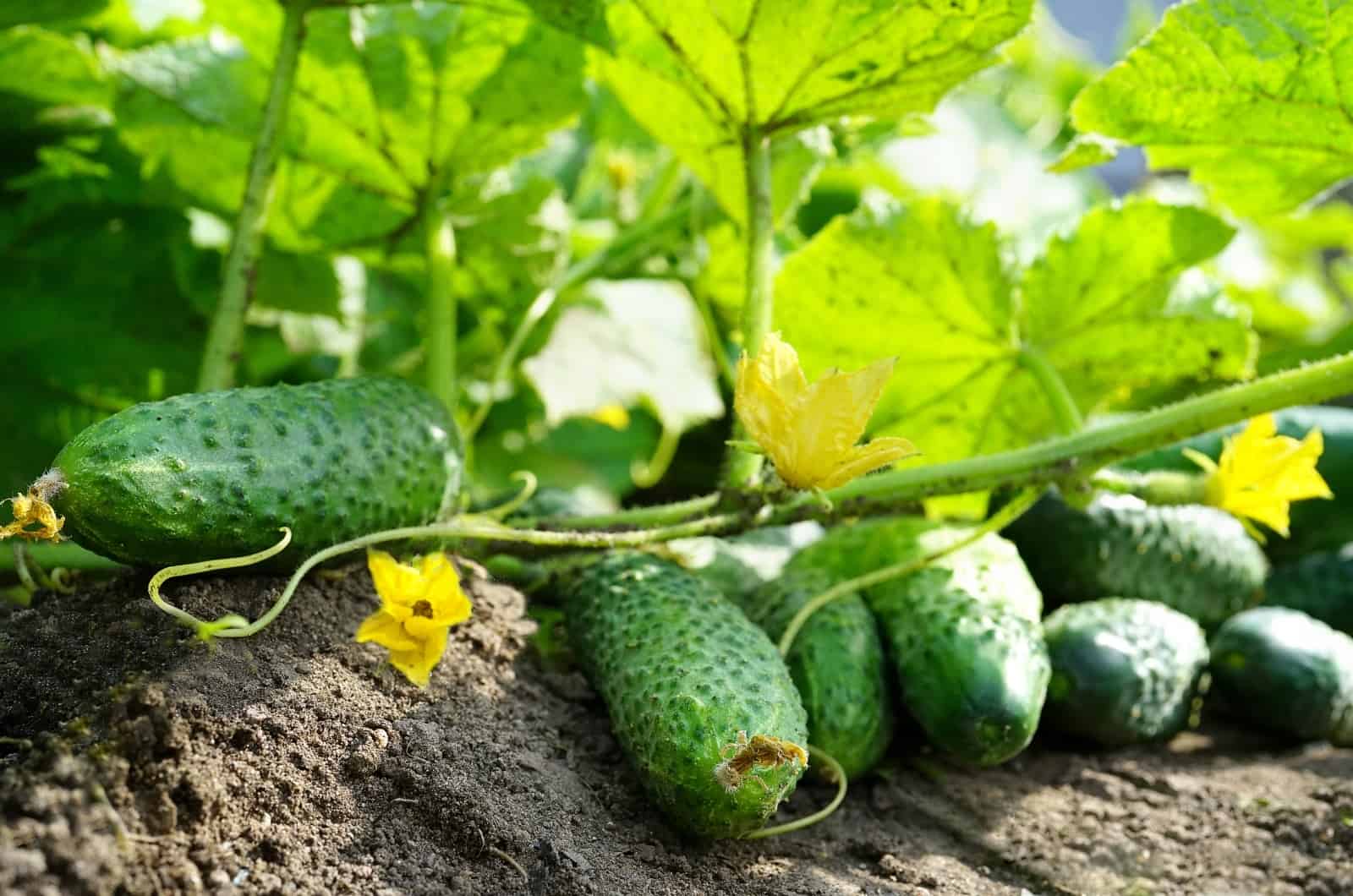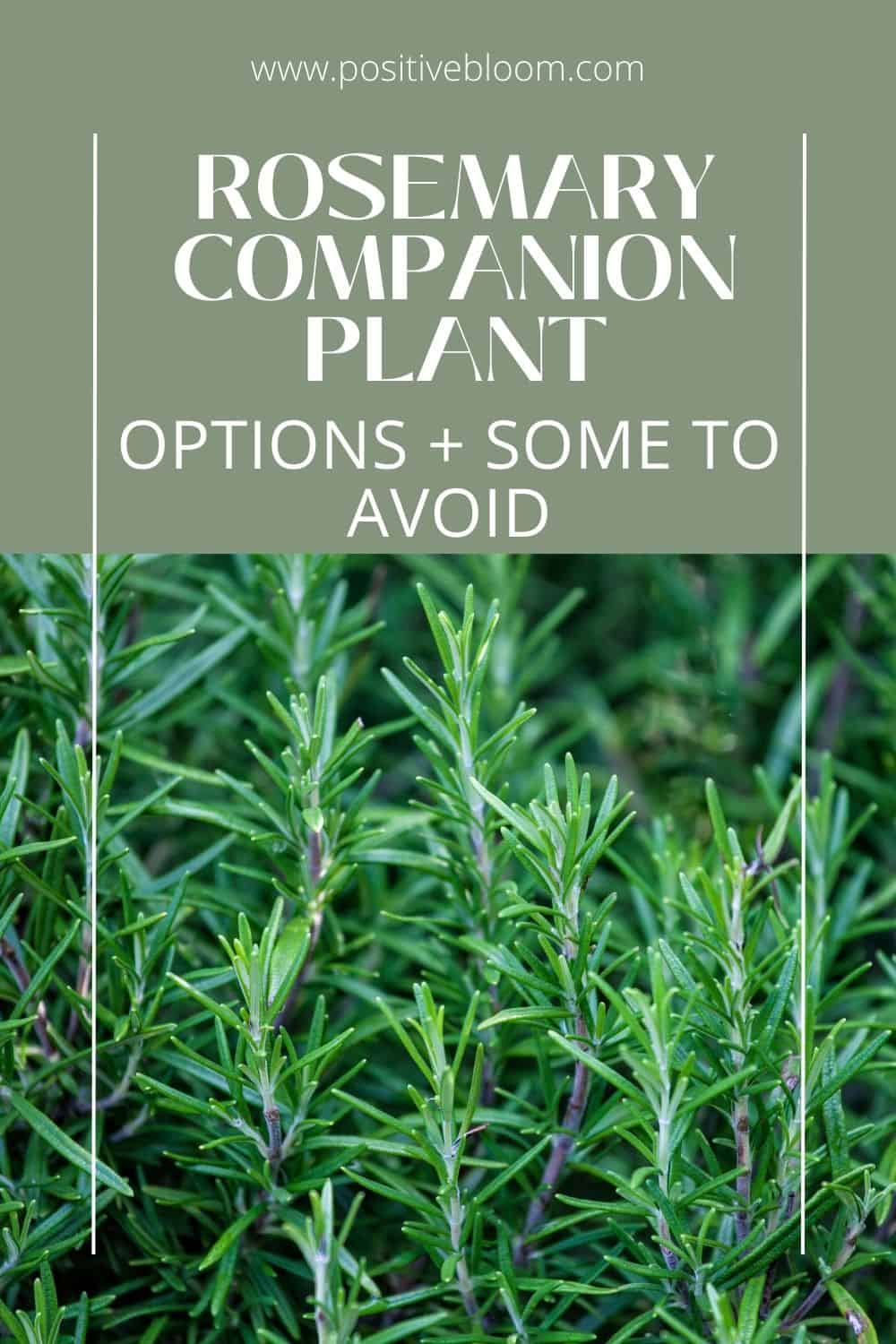Companion planting has many benefits, including repelling pests and attracting beneficial organisms to your garden.
But how can you decide which one to get? Well, you can always try fragrant herbs because they invite pollinators and natural predators of garden pests, and also keep your other plants safe.
One of the herbs that can help you is rosemary, and you can grow it with flowering plants, veggies, and other herbs.
There are many rosemary companion plant types, but there are also those that you should avoid growing near it, and we’ll discuss some of them in the following sections.
We’ll also include some advantages of companion planting so that you don’t miss out on any of them.
17 Rosemary Companion Plant Ideas
The best rosemary companion plants are herbs such as lavender, sage, thyme, oregano, marjoram, etc., members of the cabbage family, and flowering plants like marigolds.
You can grow them with upright or trailing rosemary since both varieties have the same care guide.
1. Alyssum
When planted together, alyssum can help deter pests and improve soil quality for rosemary, while rosemary can provide some shade and protection for alyssum.
In addition, the contrasting colors and fragrances of these plants can create a visually pleasing and aromatic garden bed.
These plants also have similar water requirements, but it is still a good idea to check their individual needs and provide them with the best growing conditions.
2. Beans
Growing rosemary near beans can help attract beneficial insects and repel Mexican bean beetles due to its strong scent, which makes it an ideal companion to this vegetable.
Bush and pole beans, on the other hand, provide shelter to rosemary during hot summer afternoons and enrich the soil with nitrogen due to the nitrogen-fixing bacteria that live around their roots.
However, beans do require more moisture than rosemary, so grow this herb in a separate pot to avoid root rot.
3. Brassicas
Rosemary is one of the best companions for plants that belong to the cabbage family, such as kohlrabi, rutabaga, Brussels sprouts, cabbage, broccoli, turnip, radishes, etc.
This popular herb repels cabbage flies, cabbage moths, aphids, slugs, and other insect pests that tend to wreak havoc on brassicas. You can also get rid of snails from your garden if you cultivate rosemary.
In addition, the intense fragrance of rosemary can help mask the scent of brassicas, which deters pests attracted to the smell of these plants.
4. Carrots
Rosemary is a great companion plant to carrots because it can repel carrot flies and aphids.
However, carrots require much more moisture than rosemary, so you should grow them a few feet apart so that you can water them separately, or plant rosemary in a container.
Furthermore, there are lots of great companion plants for carrots with similar benefits that will keep this root vegetable safe.
5. Chives
Chives are a good companion plant to almost all veggies and herbs, including rosemary, because they can improve their flavor and growth rate.
Both herbs are also excellent at repelling insect pests, so you can grow them together in vegetable gardens to double their effect.
6. Cilantro
Cilantro is excellent at attracting beneficial insects such as ladybugs, hoverflies, and parasitoid wasps, etc. The strong scent of rosemary, on the other hand, repels pests, so you can grow them together to increase their effects.
However, rosemary is native to the Mediterranean and thrives in drier soil, but that doesn’t mean you can’t grow them near each other. Simply space them a couple of feet apart or plant them in separate containers to reap their benefits.
Cilantro also makes an excellent parsley companion plant.
7. Lavender
Both trailing rosemary and lavender are culinary herbs native to the Mediterranean that thrive in poor and well-drained soils, in full sun, and have similar water requirements.
They are highly fragrant herbs that deter pests and attract beneficial insects, which keeps your other plants safe.
However, certain types of lavenders can handle cold weather much better than rosemary. Still, the care guide for Spanish lavender is similar to the one for rosemary, so you can definitely grow these two species together.
8. Marigold
Companion planting rosemary with marigolds is a great choice because both species deter pests and attract pollinators.
Marigold emits a compound toxic to bad worms in the soil, such as root-knot nematodes, so you can simply work it into the ground after they wither.
Rosemary, on the other hand, is an evergreen shrub that will keep deterring pests with its scent for many years to come.
9. Marjoram
When learning which plants benefit most from being planted together, don’t overlook the marjoram and rosemary combination.
These culinary herbs have the same needs, and they repel harmful insects from your vegetable garden.
Marjoram can also enhance the speed of growth and the flavor of its companions, which makes it an invaluable part of your herb garden.
10. Onions
You can grow rosemary with onions and shallots; just be careful about their water requirements (there are always unused pots waiting to house a herb or two).
Both onions and rosemary deter pests with their strong scent, so they’ll keep each other safe, as well as the other plants you have in your vegetable garden.
11. Oregano
If you want to plant companions, consider growing oregano and rosemary together. Both herbs are fragrant, repel pests such as aphids, and keep your garden plants safe.
These two plants also have the same needs, so you can grow them in the same container on your kitchen window.
12. Parsley
Believe it or not, this culinary herb can repel many pests, such as gypsy and codling moths, asparagus beetles, aphids, whiteflies, etc.
You can grow it near rosemary, but the two species have different water requirements, so it would be best to plant them in separate containers.
Luckily, there are many true parsley companion plants, such as basil, cilantro, apple and pear trees, asparagus, etc., that you can grow near this herb to reap its benefits.
13. Parsnips
Parsnips benefit from rosemary because this fragrant herb can hide its scent and confuse its common predators, such as carrot flies and aphids.
But just like parsley and carrots, parsnips need more moisture than drought-tolerant rosemary, so you should grow them in separate containers or a couple of feet apart.
14. Pepper Plants
Rosemary is an excellent ground cover, so you can plant it at the base of your pepper plants to prevent them from losing moisture on hot summer days.
This herb can also reduce weed growth and repel pests, making it much easier to care for this delicious vegetable.
15. Sage
Sage and rosemary are great companion plants because they have similar needs, and you can grow them together in your herb garden or a kitchen window.
They’re both fragrant, deter pests, and attract beneficial insects and pollinators, which can increase the yield and eat natural predators that prey on common garden pests.
You can also grow some other companion plants for sage, such as lavender and thyme, and combine them all together for the best pest control.
16. Strawberries
Strawberries and rosemary are good companion plants because they can improve fertility between themselves.
Rosemary can enhance the flavor of strawberries and keep them safe from slugs, snails, and aphids.
17. Thyme
Rosemary and thyme are great companion plants because their preferred growing conditions are virtually the same. They require full sun, a bit of water, and well-drained soil for optimal growth.
Thyme is also fragrant, so combining two herbs will repel insect pests from your yard and attract many pollinators to increase your yield.
Not The Best Companion Plants
Even though rosemary is a good companion plant to add to your vegetable garden, it cannot be grown near all veggies.
You should avoid planting it near pumpkins and other plants prone to powdery mildew, or water-loving herbs and veggies such as basil, tomatoes, cucumbers, etc.
Cucumbers
Rosemary and cucumbers have completely different water requirements, so you shouldn’t grow them in the same container or close together in your garden.
Also, cucumbers are mostly water, so if you grow fragrant herbs near them, such as rosemary, they may obtain some of their flavor.
Pumpkins
Pumpkins are susceptible to powdery mildew and root rot, so you should keep them away from rosemary if you don’t want to infect them with this disease.
These plants also have different watering needs, so growing them in the same pot is not an option.
Luckily, there are many companion plants for pumpkins, such as basil, borage, chamomile, etc., so you can still repel pests without endangering any of the herbs.
Tomato Plants
Tomatoes are another veggie that loves moisture, so you should keep them away from rosemary or at least plant them in separate pots.
Another thing that makes them bad companion plants is that rosemary (or tomatoes) would deprive the other plant of essential nutrients and stunt their growth.
Water-Loving Herbs
You should keep herbs that love moisture, such as basil and chamomile, away from your rosemary because their watering requirements are entirely different.
However, all these plants thrive in full sun, so you can plant them in separate containers, put them in a sunny location, and enjoy their fragrances.
Another herb that you should avoid planting near rosemary is mint. It also requires more moisture, but the bigger issue is its invasive nature; it would compete with your rosemary for space, which can stunt the growth of both plants.
Benefits Of Companion Planting
Repelling pests – One of the main benefits of companion planting rosemary and other fragrant herbs is repelling pests such as aphids, mosquitoes, rabbits, slugs, etc.
Attracting beneficial organisms – Many plants can attract pollinators and natural predators, such as ladybugs, parasitic wasps, and hoverflies that control the pest activity in your garden and pollinate veggies.
Serving as ground cover – Rosemary, basil, and other herbs are excellent ground cover that prevent excessive evaporation, keep the soil moist for some plants, and reduce weed growth.
Offering shade – Taller plants such as peppers and tomatoes provide shade to shorter varieties during the hot summer days and prevent them from burning in the sun.
Enhancing development and flavor – Herbs such as marjoram, chervil, and rosemary can improve the taste of their growing companions and speed up their growth and development.
Enriching the substrate with nutrients – Legumes such as peas and beans have nitrogen-fixing bacteria living on their roots, and can increase the amount of this mineral in the soil, reducing the risk of nitrogen deficiency.
Final Thoughts
The main rosemary companion plant varieties include drought-tolerant herbs such as sage, lavender, thyme, and marjoram, flowering marigolds, veggies such as peppers and beans, root vegetables, brassicas, and even strawberries.
This herb keeps its companions safe from insect pests, attracts natural predators to reduce infestations, attracts pollinators, and even improves flavor.
But nothing’s ever perfect, which means there are certain plants you should avoid growing near this herb, such as pumpkins, tomatoes, cucumbers, and water-loving herbs.
Thankfully, there are many plants in this world, and once you learn about all the benefits of companion planting, you won’t be able to stop!
Until next time!
Like this post? Share or pin it for later!

